Anandpur Sahib
A holy city in Punjab whose historical significance to the Sikhs is second only to Amritsar. Hundreds of Sikhs once embraced martyrdom here. Two Gurus and families of four Gurus lived here for many years. Sikh history is deeply marked by their struggle for survival in a volatile land, especially during the peak of Mughal persecution under Aurangzeb, which radicalized the Sikhs (many paintings in the museum at the Golden Temple, Amritsar, record the horrifying persecution stories retold across the land). The mystical faith of Guru Nanak transformed into the fiercely spartan and nationalistic faith of Guru Gobind Singh, who also committed the Sikhs to the five Ks. In early 19th century, Maharaja Ranjit Singh further militarized the Sikh nation, creating the first modern army in the subcontinent. Reversing the dominant historical trend, he went west to conquer new lands (which later fell in the British lap).
This transformation is still reflected in the iconography and practice of Sikhism. Swords, spears, shields, and daggers are a centerpiece display in all Gurdwaras, besides the Guru Granth Sahib covered in finery. Even today many Sikhs become Nihangs, an order founded by Guru Gobind Singh himself as the fighting body of the Khalsa. The Nihangs-in distinctive blue robes and armed only with traditional swords, spears, daggers-renounce worldly possessions and commit to embracing martyrdom should the need present itself. Even today a disproportionate number of Sikhs enter the Indian defense forces.
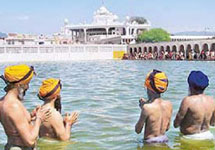
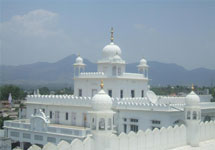

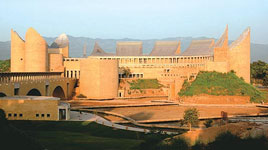
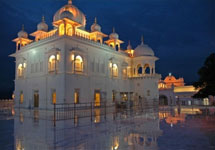
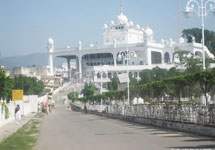
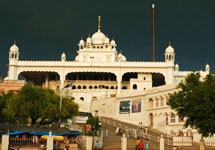
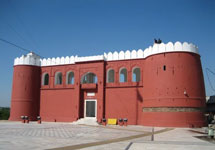
Tourist Places in Punjab
Main Links
Travel Information
Exploring Punjab - Vacations
Punjab's Forestry and Wildlife
The Unique eco-system of the Shivaliks is spread over a geographical area 9448.97 Sq. km, and lies in the north-eatern part of the state extending from north-west to south-east along the Himachal Pradesh Border. It is spread across the eastern part of the districts of Gurdaspur, Hoshiarpur, Shaheed Bhagat Singh Nagar and Rupnagar


